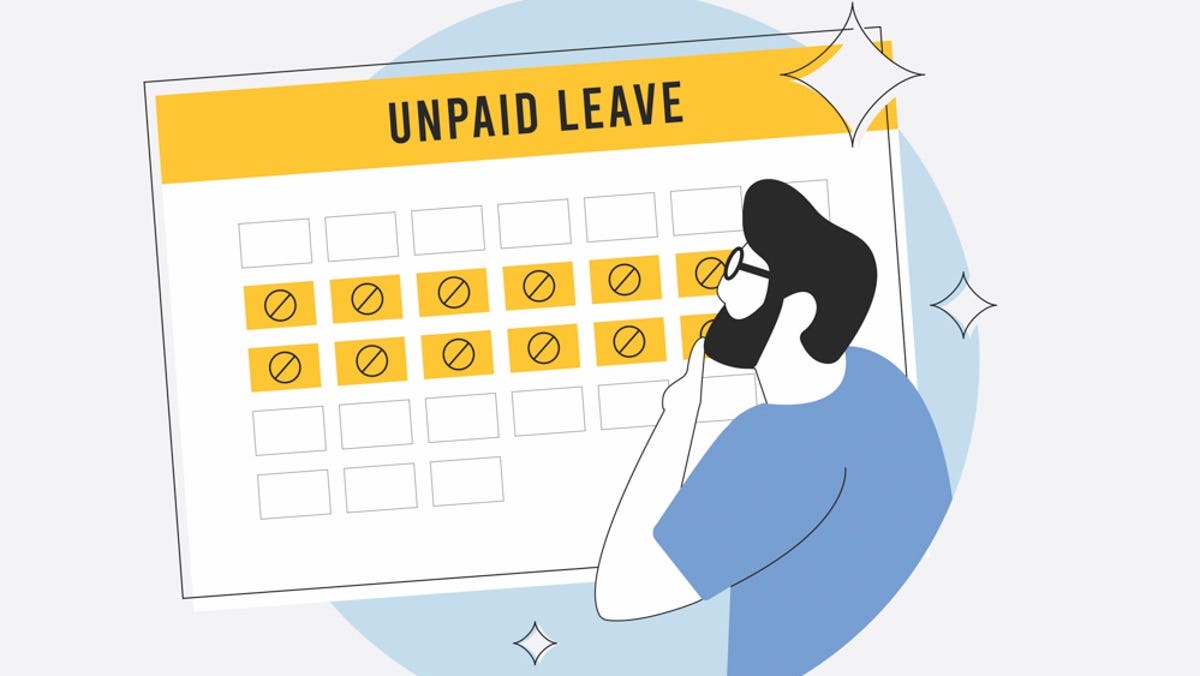Johnny C. Taylor Jr. tackles your human resources questions as part of a series for USA TODAY. Taylor is president and CEO of the Society for Human Resource Management, the world’s largest HR professional society and author of “Reset: A Leader’s Guide to Work in an Age of Upheaval.”
Have a question? Submit it here.
Question: I’m considering taking an unpaid leave via the Family and Medical Leave Act (FMLA). During my hiatus, can I continue contributing to my FSA (Flexible Spending Account) even if my employer isn’t paying me? – Nisha
Answer: Taking unpaid leave via the Family and Medical Leave Act is a significant decision prioritizing your health and family needs. It’s commendable that you’re considering how this will impact your Flexible Spending Account, as it demonstrates foresight and prudence. Here’s how you can manage and potentially continue contributing to your FSA during your leave.
Under the provisions of the FMLA, you retain the right to maintain your contributions to your dependent care FSA while on leave. The IRS guidelines offer a few options to manage these contributions:
- Prepayment: Before starting your FMLA leave, you might choose to prepay the contributions that would be due during your absence. This strategy enables you to continue benefiting from your FSA seamlessly, maintaining your financial stability and planning flexibility.
- Continued payroll deductions: If part of your FMLA leave is paid, you can continue to make regular payroll deductions. This is perhaps the simplest method, as it requires no additional action beyond ensuring your HR department has everything set up correctly.
- Direct contributions: During unpaid leave, you can arrange to make FSA contributions directly through your employer, following the same schedule as your regular payroll deductions.
- Advanced payments and catch-up contributions: Some employers allow you to take an advance on your FSA contributions, with the understanding that you’ll make catch-up contributions once you return to work. This requires careful financial planning, but it ensures your FSA benefits remain uninterrupted.
Additionally, you have the flexibility to adjust your FSA election under a cafeteria plan if your circumstances change, similar to those taking non-FMLA leave. Should it become necessary to cease your contributions temporarily, you would be permitted to reenroll upon your return.
This extensive list of options ensures your absence doesn’t hinder your ability to accrue and use your FSA benefits, reflecting a broader understanding of how adaptable life situations and financial planning must be.
It’s crucial to consult with your HR department to understand specifically how these options are implemented within your organization. Each employer may have different procedures based on their plan guidelines.
Remember, the FMLA and IRS guidelines were designed with your well-being in mind, supporting you during times when work needs to take a backseat to personal health and family responsibilities.
Consider this a proactive step in maintaining your overall life balance and ensuring financial wellness during your leave.
I work in our product development group, and our account management team has recently approached me about transitioning to an account executive role. Working as a design specialist for almost a decade, I have a deep understanding of our client’s business. I also have expert knowledge of our deliverables and capabilities as a vendor. What should I consider when exploring a significant career shift like this? Should I be concerned that I’ll lose expertise? ‒ Lori
Embarking on a career shift is an exciting opportunity to broaden your horizons and add new dimensions to your professional portfolio. As someone with a solid background in product development and design, transitioning into an account executive role could be a natural progression that leverages your existing expertise while allowing you to develop new skills.
First and foremost, it’s important to recognize that your experience as a design specialist provides a strong foundation for your new role as an account executive. Your deep understanding of client businesses and thorough knowledge of deliverables and capabilities put you in a unique position to seamlessly bridge the gap between design and account management. Rather than seeing this transition as leaving your expertise behind, view it as expanding your toolkit. You’ll be enhancing your ability to communicate the value of your company’s products and services from a more strategic and business-oriented perspective.
In considering this transition, evaluate how the skills you’ve acquired in product development can be applied to account management. As an account executive, you’ll be responsible for building and maintaining strong client relationships, understanding their needs, and providing solutions that align with their business objectives. Your background equips you well for this, as you likely already possess strong communication skills, the ability to empathize with clients, and an in-depth understanding of how your products meet their needs.
Further, consider how the account executive role can enrich your career. It can provide you with a broader perspective of the business landscape and offer insights into strategic decision-making, negotiation, and leadership. Developing these skills can position you for future roles requiring a mix of technical prowess and business acumen, thereby expanding your career trajectory and potential opportunities.
While it’s natural to worry about losing touch with your design expertise, keep in mind that skills are not just retained but can be adapted and applied in new ways. Stay engaged with your design passion through side projects, professional development, or cross-functional tasks, ensuring your skills remain sharp and relevant. This dual expertise not only enhances your current role but also increases your value to any organization.
Moreover, as an account executive, you’ll have a platform to influence the direction of product offerings based on client feedback, thereby indirectly shaping design and development processes. Your intimate knowledge of design nuances can be a critical asset in delivering tailored client solutions and driving innovation.
Ultimately, approaching this career shift as a chance to diversify your skill set and explore new avenues of professional growth can be incredibly rewarding. Embrace the challenge and use your existing strengths while being open to learning and adapting. The account executive role can be a complementary addition to your career, enriching your professional life and opening doors to new opportunities while leveraging the skills and expertise you’ve cultivated over the years.
The views and opinions expressed in this column are the author’s and do not necessarily reflect those of USA TODAY.








